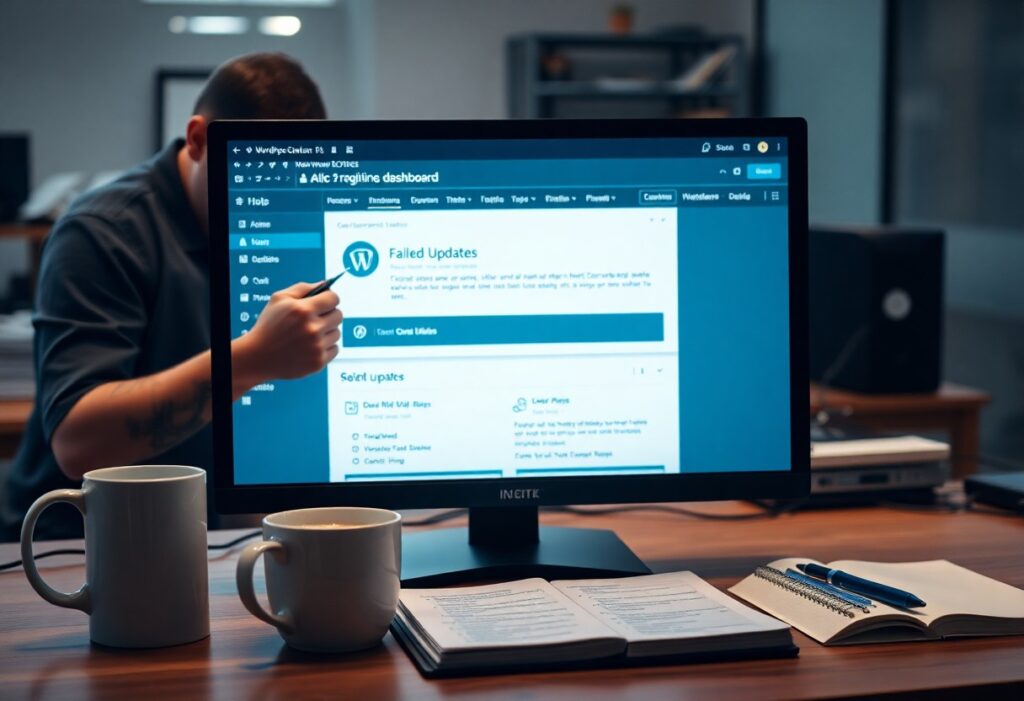Most website owners understand the importance of having a fast-loading site, especially when it comes to WordPress. A slow website can lead to high bounce rates, decreased user satisfaction, and ultimately affect your SEO rankings. Here’s a comprehensive, step-by-step guide to help you boost the speed of your WordPress website.
1. Choose a Reliable Hosting Provider
Your first step in enhancing your website speed is selecting a reputable hosting provider. Opt for a plan that is optimized for WordPress. Managed WordPress hosting services often provide better performance due to specialized server configurations.
2. Utilize a Content Delivery Network (CDN)
A Content Delivery Network can significantly reduce latency by caching your website content in multiple locations around the globe. This means that when a visitor accesses your site, it loads from a server closest to them, enhancing the speed.
3. Optimize Your Images
Images can be one of the largest contributors to slow page load times. Use image optimization plugins like Smush or Imagify to compress and convert your images without sacrificing quality. Always use appropriate formats, such as JPEG for photos and PNG for graphics.
4. Minify CSS, JavaScript, and HTML
Another effective strategy to speed up your site is the minification of code files. Tools like Autoptimize or WP Rocket can help you combine and minify your CSS, JavaScript, and HTML files, resulting in fewer requests to the server and faster load times.
5. Enable Browser Caching
By enabling browser caching, you instruct web browsers to store certain elements of your website. This means that when returning visitors access your site, the browser can load the page much faster. You can enable caching using plugins like W3 Total Cache or WP Super Cache.
6. Clean Up Your Database
An overloaded database can slow down your website. Regularly clean up your WordPress database by removing spam comments, post revisions, and unused plugins. You can use plugins like WP-Optimize to streamline this process and maintain a faster database.
7. Limit the Use of Plugins
While plugins can add functionality to your website, too many can bog down your site. Audit your plugins and remove any that you don’t use. Additionally, look for lightweight alternatives that can achieve the same functionality without being resource-intensive.
8. Choose a Lightweight Theme
The theme you select can greatly influence your site’s speed. Choose a lightweight WordPress theme that is designed with performance in mind. Themes that are well-coded tend to load faster and provide a better user experience.
9. Monitor Your Website Speed
Finally, regularly monitor your website speed using tools like Google PageSpeed Insights or GTmetrix. These tools provide insights and guidance on areas that need improvement, helping you track progress over time.
By following these comprehensive steps, you can significantly enhance the speed of your WordPress website, resulting in improved user experience and better SEO performance. Take the time to implement these strategies, and you’ll see valuable returns in terms of traffic and user engagement.




